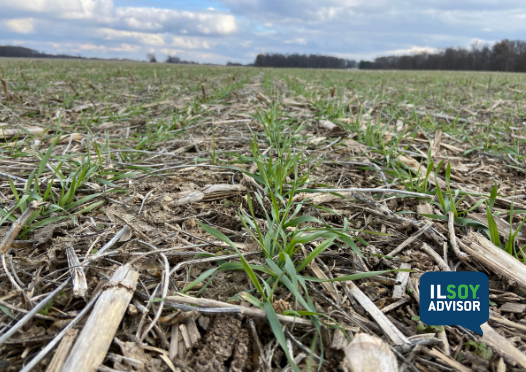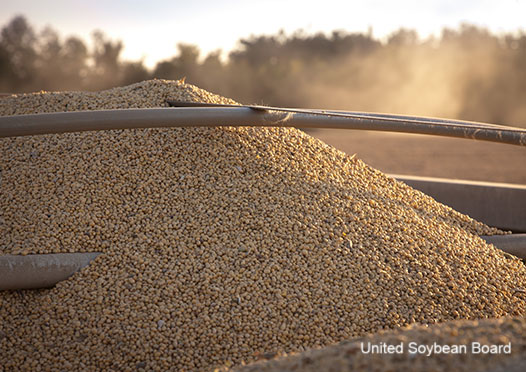ILSOYADVISOR POST
Calibration: The Key to Harvest Data Utilization
As harvest quickly approaches, many things are on the minds of farmers, from who is going to be running the grain cart to when is the best time for each specific field to be harvested. Farmers are chomping at the bit to start harvest, however with harvest comes a very important step in the precision ag cycle: calibration of the machines.
What is Calibration?
Calibration, in terms of harvest calibration, is the act of baselining a machine’s sensor to a standard measurement in order to have the most accurate yield detection system. Though there are multiple types of calibration that can be performed on a machine based on the technology inside the machine, they all are based on utilizing some type of measurement to compare actual harvested weight against the actual rate in the combine’s display. Calibration may also be referred to by some equipment manufacturers as “truing up” the machine.
You can locate which sensors need to be calibrated, as an example the moisture temperature sensor is very easy calibration for most machines. Additionally, mass flow vibrations and sensors need to be cleaned and dialed in. Lastly, while combining the beginning rows a calibration for the moisture sensor needs to be done. Please refer to your manufacturer’s manual for exact specifications for all specific machine calibrations.
The calibration of the mass flow sensors of yield monitoring systems is done by taking the weight from one source (e.g. a grain cart) and entering that weight into the yield monitor of the combine to make sure that all of the grain is hitting the mass flow sensor in the combine. This process tells the monitoring system to calculate the loads correctly for the field.
There are three different types of yield calibration systems in modern combines: a single point calibration, a multi-flow calibration, and a self-calibrating combine. A single point calibration uses normal harvest speed to calibrate while a multi-flow calibration uses at least five different speeds to calibrate the machine. Self-calibrating combines, are like the title, calibrate themselves while on the move. As always, please refer to your manufacturer’s specifications to calibrate all of your machines.
Why Calibrate Your Machines
In precision ag, we have this old saying that rings true no matter what type of farm data is being collected: “garbage in, garbage out”. If the machines are not set up correctly, the data that is being collected will not be of good quality. Without good data quality, the map data that is collected from harvest is useless in making decisions for the next year. Furthermore, it makes some downstream uses for the data unusable, including crop insurance uses and prescriptions.
Often I hear from farmers, “I don’t have time for calibration. I just post-harvest calibrate my data”. Post-harvest calibration is the process of calibrating the data after the fields are harvested with scale tickets or load logs of each field. Post-harvest calibration can be a great tool in the toolbox, however it does not allow data to be allocated to specific areas of the field. Post-harvest calibration does not allow for more site specific management of areas in the field and in non-irrigated/ irrigated areas of fields, you may not be able to break them out if no initial calibration of the data was done.
Good luck with your fall harvest and make sure to leverage these tools to bring you even greater efficiency and accuracy.
To learn more about RCIS, visit their website at www.rcis.com.
RCIS is a registered trademark of Rural Community Insurance Company. RCIC is an equal opportunity provider. © Rural Community Insurance Company. All rights reserved.





Comments
Add new comment